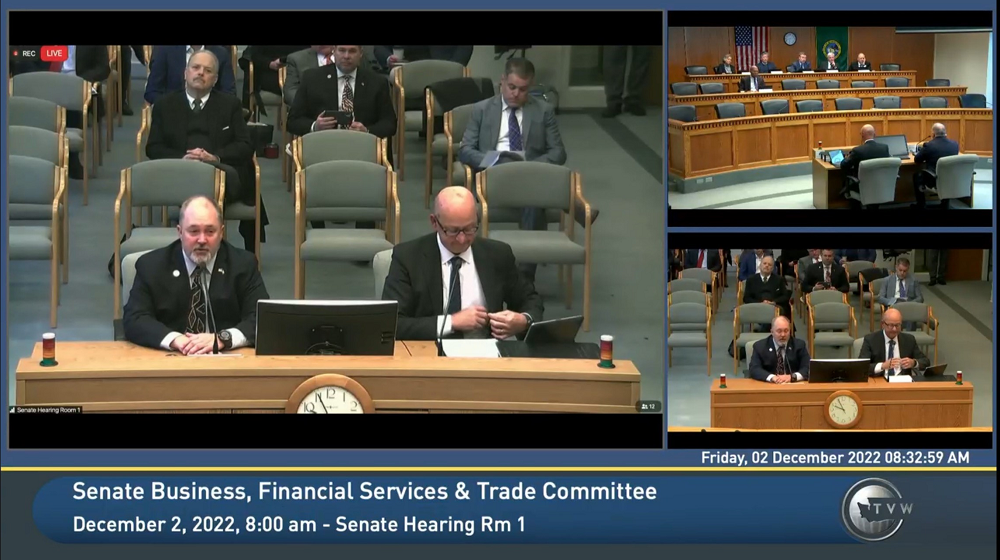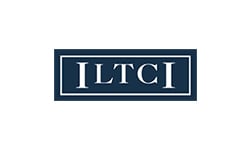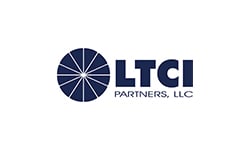NAIFA's Limited & Extended Care Planning Center is focused on bringing you comprehensive information to help your business thrive in the long-term care sector. Below are the most read and most relevant articles by professionals like you from this last quarter (April to June 2022), written by NAIFA and our dedicated partners.
Want to see more of this content, or have a suggestion of topics you would like to see discussed? Let us know at lecp@naifa.org.
By NAIFA
Annuities can be an important part of long-term care planning, Tom Riekse, ChFC, CLU, CEBS, Managing Director at LTCi Partners, told attendees of NAIFA’s Limited and Extended Care Planning Center webinar. “Unfortunately, there has probably not been as much emphasis on how they can work together in a plan for care as there should be based on some of the great benefits available.”






















-CMYK.png?width=250&name=LifeSecureLogo(F)-CMYK.png)



.png?width=860&height=245&name=Full%20Color%20Krause%20Group%20Horizontal%20(002).png)


